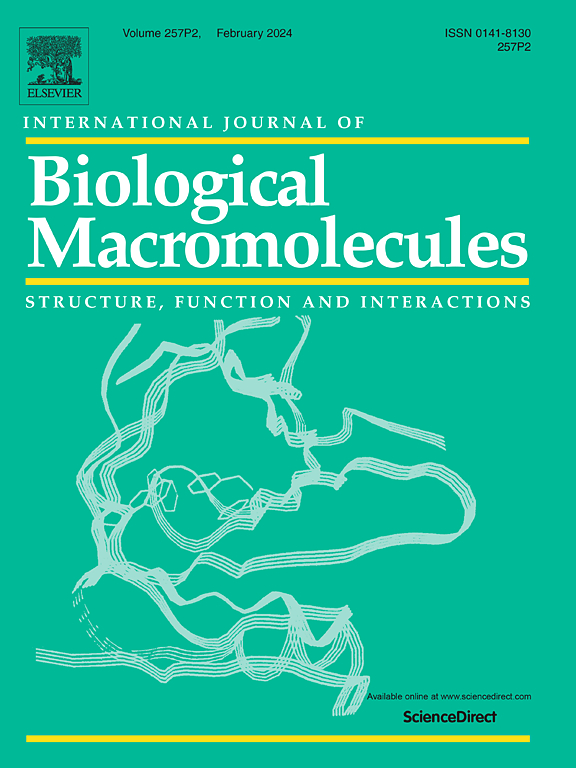Pullulan fermented by Aureobasidium melanogenum TZ-FC3 for the preparation of self-healing, adhesive, injectable and antibacterial pullulan/PVA/borax hydrogel
Abstract
Natural polymer hydrogels, such as pullulan-based hydrogels, offer significant advantages over synthetic materials due to their thermal stability, film-forming capacity, solubility, adhesiveness, and antioxidant properties. In this study, the strain Aureobasidium melanogenum TZ-FC3, which produces a high level of pullulan, was successfully isolated from the mangrove ecosystems of Guangdong Province, China. 66.01?±?1.10?g/L pullulan without melanin was produced by the TZ-FC3 strain within 120?h at flask level. Pullulan fermented by A. melanogenum TZ-FC3 was added to enhance the hydrogen bond network within the pullulan/PVA/borax hydrogels (P-2, P-3 and P-4 hydrogels) to improve mechanical strength and crosslinking density of PVA/borax hydrogel (P-1 hydrogel). Compared to the P-1 hydrogel, the P-2 hydrogel exhibited a 65.4?% increase in tensile strain, a remarkable 694.03?% increase in tensile strength and improved the degree of internal crosslinking. Additionally, the pullulan/PVA/borax hydrogels demonstrated excellent self-healing properties, adhesion, injectability, and antibacterial activity. The preparation process of pullulan/PVA/borax hydrogels is straightforward and effective, suggesting broad industrial applicability and underscoring their potential as next-generation materials for advanced healthcare solutions.





